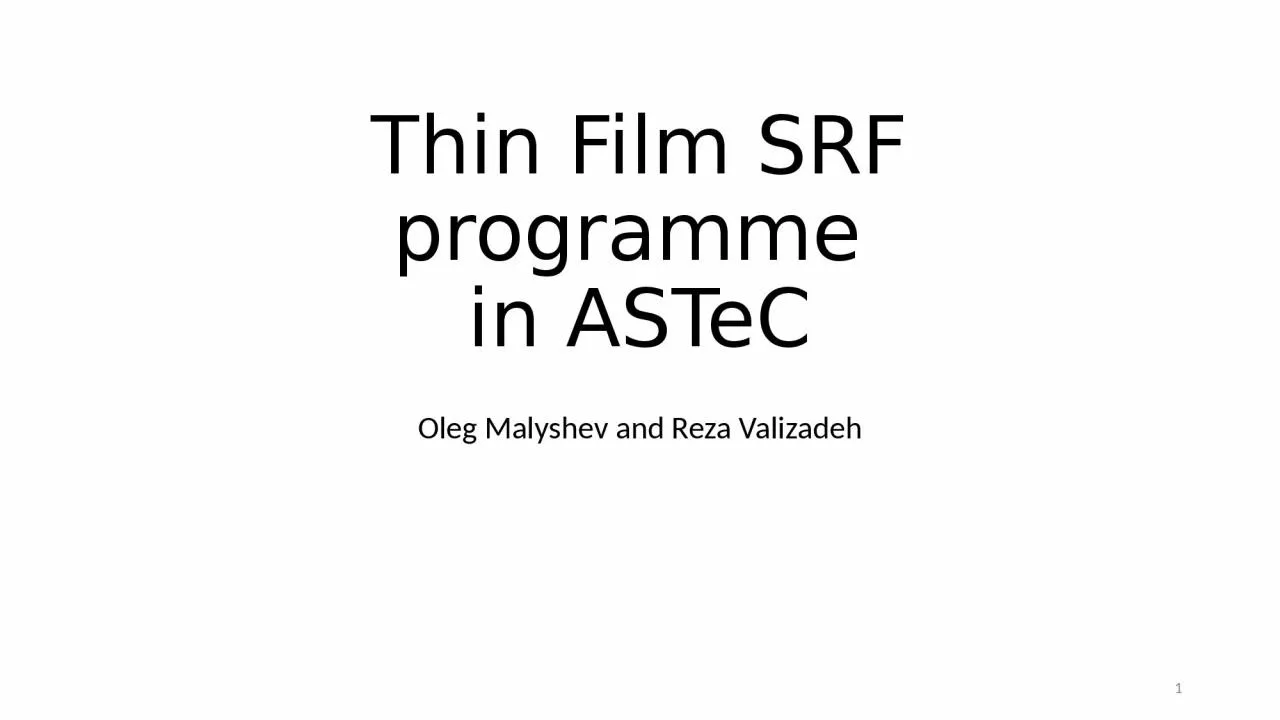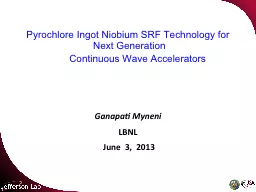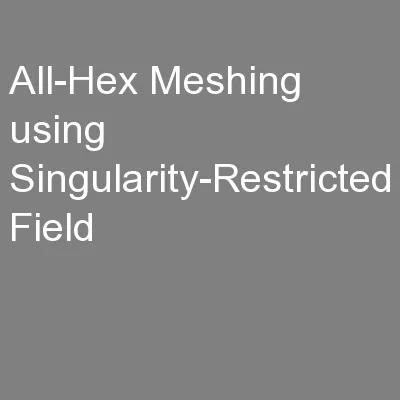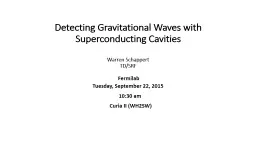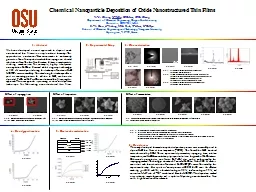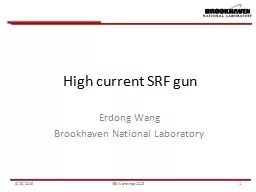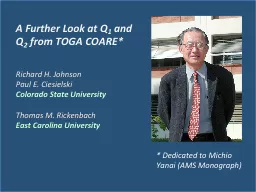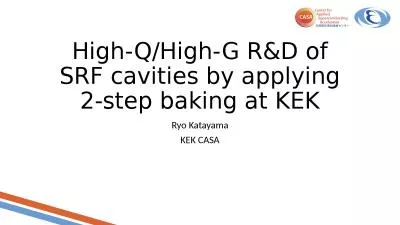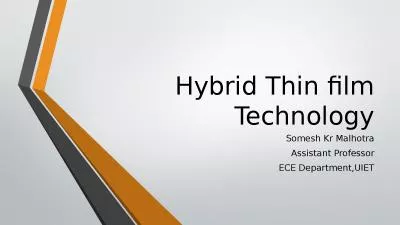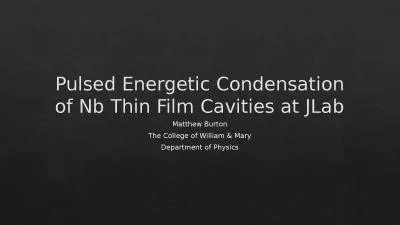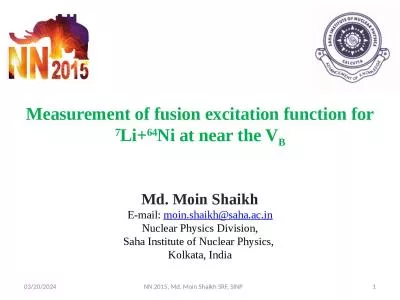PPT-Thin Film SRF programme
Author : LoveBug | Published Date : 2022-08-02
in ASTeC Oleg Malyshev and Reza Valizadeh 1 The aim of TF SRF programme SRF programme at ASTeC started six years ago from no infrastructure and it aims from beginning
Presentation Embed Code
Download Presentation
Download Presentation The PPT/PDF document "Thin Film SRF programme" is the property of its rightful owner. Permission is granted to download and print the materials on this website for personal, non-commercial use only, and to display it on your personal computer provided you do not modify the materials and that you retain all copyright notices contained in the materials. By downloading content from our website, you accept the terms of this agreement.
Thin Film SRF programme: Transcript
Download Rules Of Document
"Thin Film SRF programme"The content belongs to its owner. You may download and print it for personal use, without modification, and keep all copyright notices. By downloading, you agree to these terms.
Related Documents

